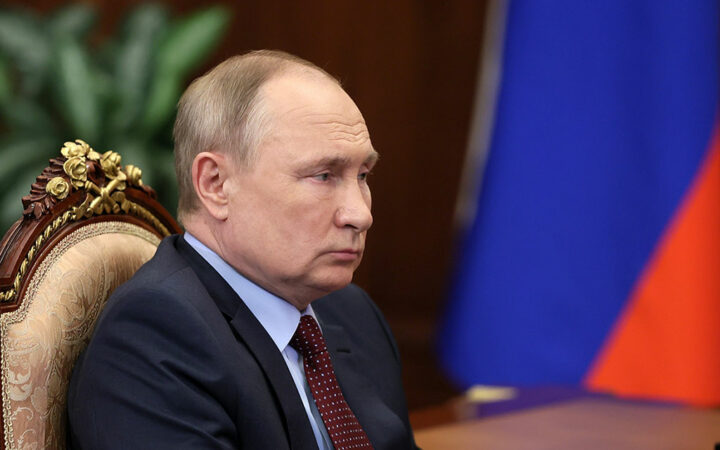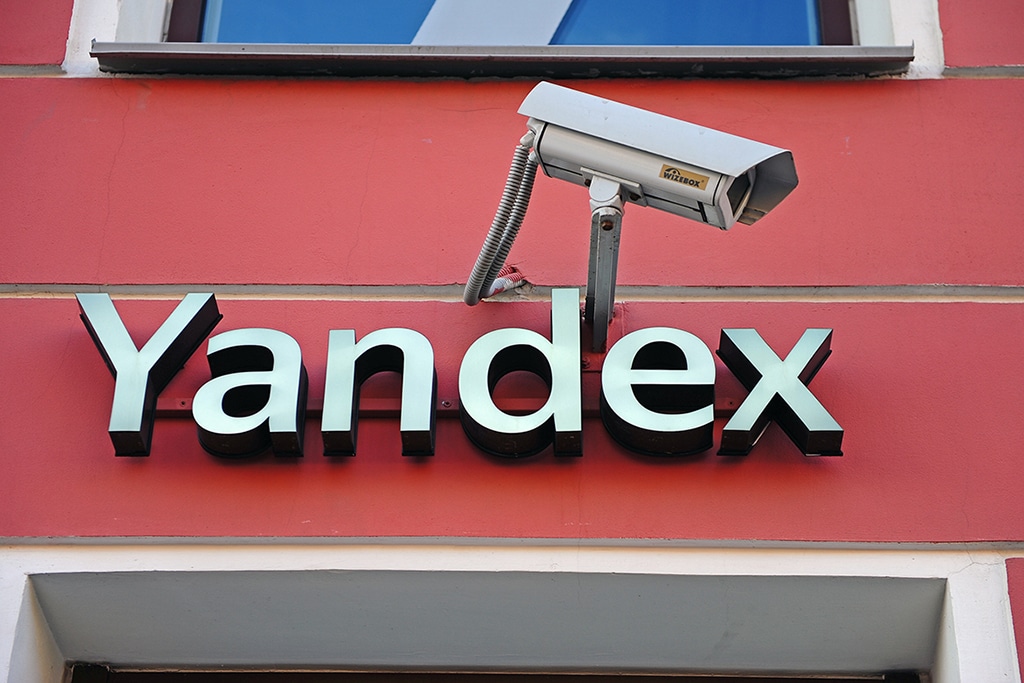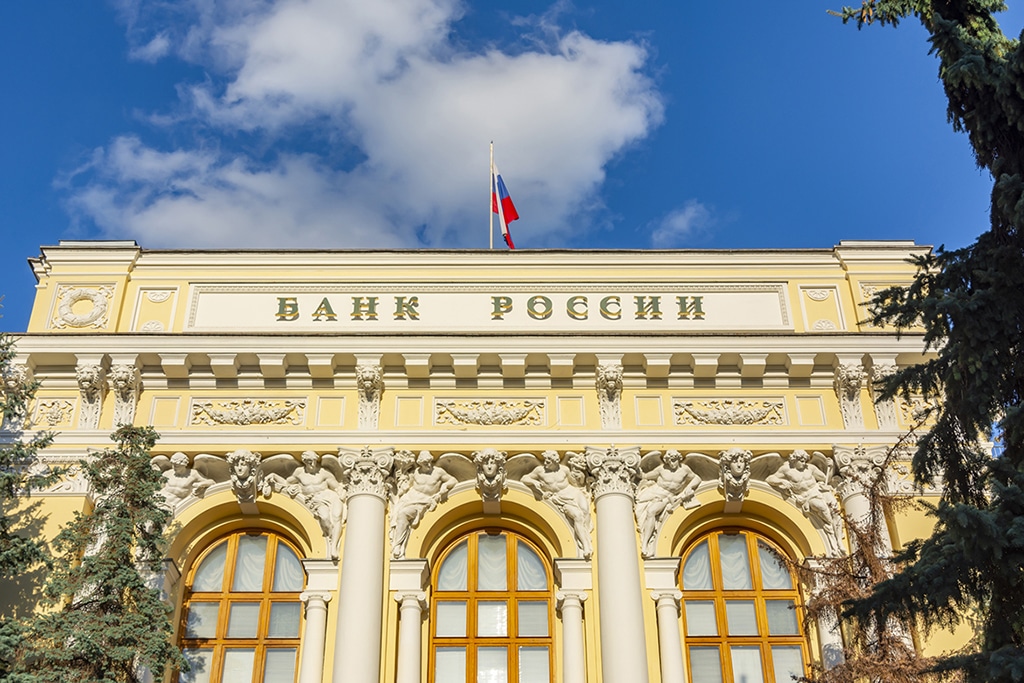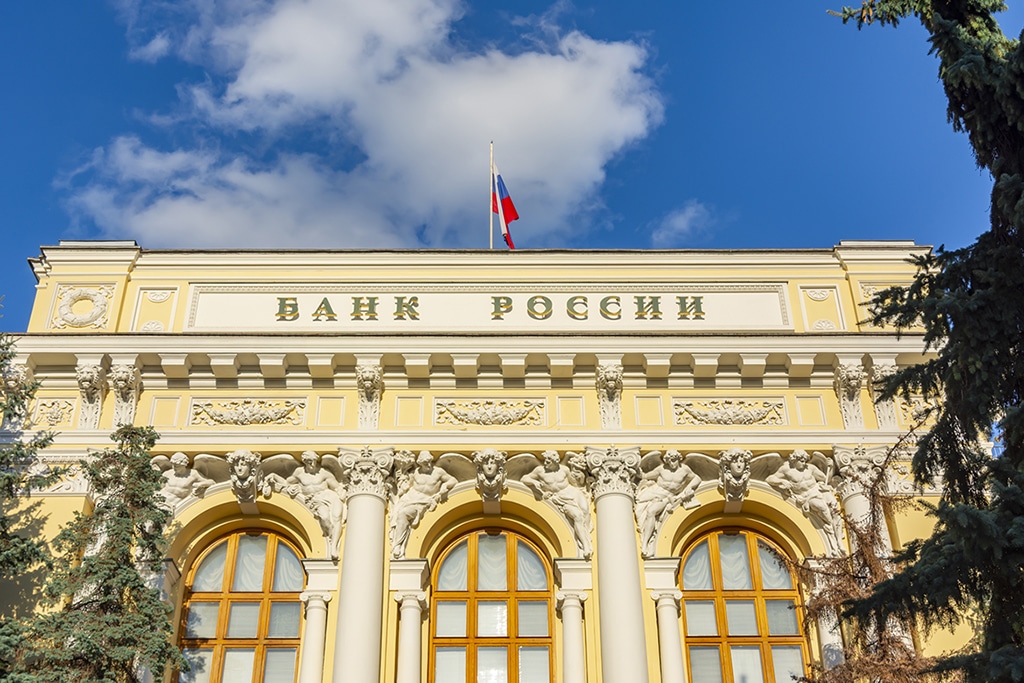
Darya is a crypto enthusiast who strongly believes in the future of blockchain. Being a hospitality professional, she is interested in finding the ways blockchain can change different industries and bring our life to a different level.
In the first half of 2022 alone, as many as 954 such entities have been identified. In comparison, during the same period of last year, this number totaled only 146, which marks a six-fold increase in scammers’ activity.
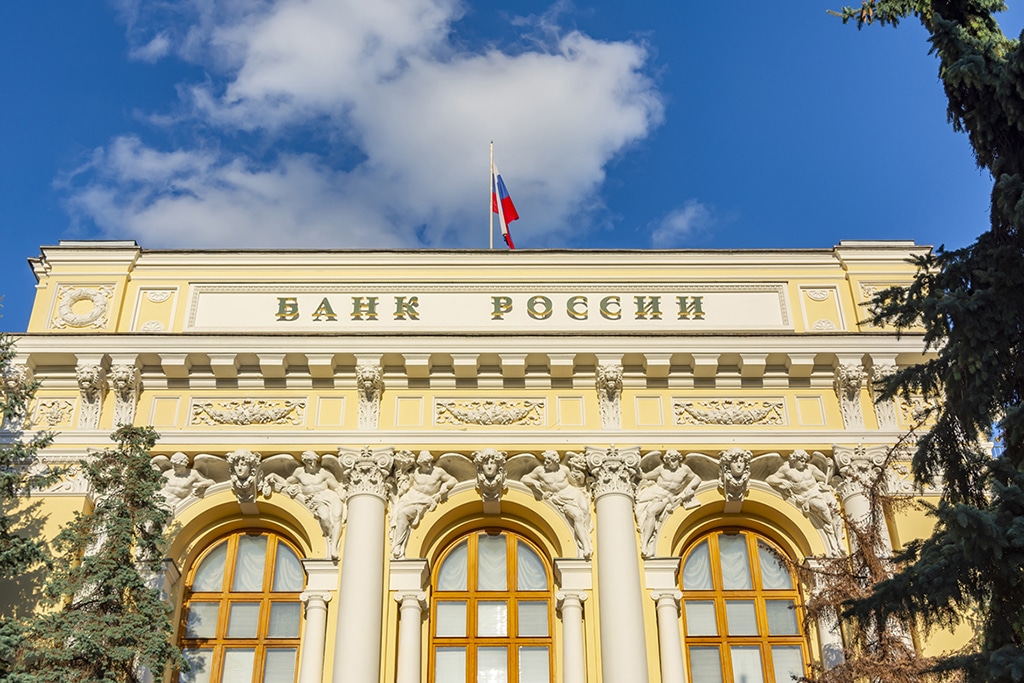
The Central Bank of Russia has expressed concerns about the growing number of financial pyramids and crypto scams targeting investors. According to the Central Bank, Russian scammers go offline and open physical offices in order to attract more crypto investors and convince them to spend more money on digital assets.
As reported by the local media outlet Izvestia, scammers open offices where they offer services to bypass foreign sanctions and restrictions imposed by the government in the industry. Besides, they even warn about the potential risks related to sharing personal information with different platforms. In-person contact is always easier for convincing, and as a result of investors’ trust in scammers, they lose their funds. And the Central Bank of Russia notes that this trend is becoming more widespread.
In the first half of 2022 alone, as many as 954 such entities have been identified. In comparison, during the same period of last year, this number totaled only 146, which marks a six-fold increase in scammers’ activity. Notably, the number of firms offering investments in real or fake cryptocurrencies has also grown. More than half of the registered fraudulent schemes (56%, or 537 entities) raised funds in various digital assets or advertised investments in such.
Following numerous sanctions imposed by the West as a result of Russia’s invasion of Ukraine, Russians have lost access to global financial assets. Recently, the Central Bank of Russia has eased some restrictions for Russian banks and enabled the selling of US dollars and euros to the public. However, the increased supply of foreign cash in the country might affect the crypto market as currency restrictions already led to increased demand for crypto coins.
Following Russia’s invasion of Ukraine, Russia faces numerous sanctions from other countries. In turn, the Central Bank of Russia imposed restrictions on the purchase of Western currencies in cash. On August 1, the Bank extended them for six months more, until March 9, 2023. Now, Russian citizens can only withdraw up to $10,000 worth of funds from their foreign currency accounts or deposits established before 9 March 2022. Once this limit is exhausted, the remaining funds can be withdrawn in Russian roubles, at the daily exchange rate. Furthermore, banks can only sell to citizens the US dollars and euros that banks’ cash offices received after 9 April 2022.
Notably, digital currencies have been subject to restrictions as well. Russian President Vladimir Putin has repeatedly linked cryptocurrency with criminal activity, calling for closer attention to cross-border crypto transactions in particular. Last month, the NFTs signed into law a new bill prohibiting the use of digital assets, such as cryptocurrency and, to pay for goods and services.
Disclaimer: Coinspeaker is committed to providing unbiased and transparent reporting. This article aims to deliver accurate and timely information but should not be taken as financial or investment advice. Since market conditions can change rapidly, we encourage you to verify information on your own and consult with a professional before making any decisions based on this content.

Darya is a crypto enthusiast who strongly believes in the future of blockchain. Being a hospitality professional, she is interested in finding the ways blockchain can change different industries and bring our life to a different level.
